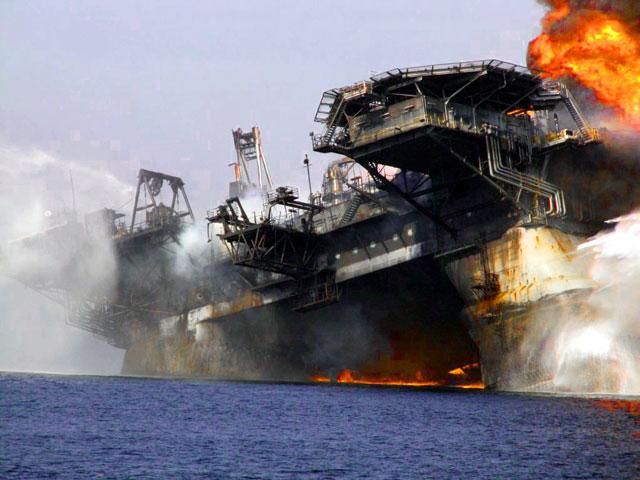
U.S. BANKS STRESS: $50 BLN

US banks face the prospect of tougher stress tests next year because of their exposure to oil in a sign of how the falling price of crude is transforming the outlook not just for energy companies but the financial sector.
The Organisation of the Petroleum Exporting Countries (OPEC) on Wednesday lowered its long-term estimates for oil demand and said the price of crude would not return to the level it reached last year, at $100 a barrel, until 2040 at the earliest.
In its World Oil Outlook it said energy efficiency, carbon taxes and slower economic growth would affect demand.
Crude oil's price on Tuesday hit an 11-year low below $36, piling further pressure on banks that have large loans to energy companies or significant exposure to oil on their trading books.
The US Federal Reserve subjects banks with at least $50bn in assets, including the US arms of foreign banks, to an annual stress test, that is designed to ensure they could keep trading through a deep recession and a big shock to the financial system.
Today's oil prices are about 55 per cent below their level when the Fed set last year's stress test scenarios in October 2014. That test included looking at how banks' trading books would fare if there was a one-off 68 per cent fall in oil prices sometime before the end of 2017. Banks' loan books were not tested against falls in oil prices.
Banks including Wells Fargo have recently spoken about the dangers of low oil prices that could make exploration companies and oil producers unable to pay their loans. There are now five times as many oil and gas loans in danger of default to the oil and gas sector as there were a year ago, a trio of US regulators warned in November.
Michael Alix, who leads PwC's financial services risk consulting team in New York, warned the price of oil would weigh much more heavily on the assessors when drawing up next year's bank stress tests.
"It would test those institutions [banks] for both the direct effects [of oil price falls] on their oil or commodity trading business but importantly the indirect effects [of] lending to energy companies, lending in areas of the country that are more dependent on energy companies and energy-related revenues."
A spokesman for the Fed said he could not comment on the scenarios for the next tests, which will be run on all banks with at least $50bn in assets. Banks are ordered to raise more capital if the Fed finds they do not have enough in reserve to deal with the chosen scenarios.
New York-based banks analysts Brian Kleinhanzl of KBW and Jason Goldberg of Barclays both expected a higher percentage drop in oil prices in next year's stress tests.
Mr Kleinhanzl said while the oil price change would likely be small and not especially problematic for the banks, other consequences of the latest oil price falls could be more significant.
"A 70 per cent oil decline in the stress test would equate to oil prices at just over $10 oil per barrel and that is probably as low as the Fed would go," he said.
"The incremental stress to moving oil below $10 per barrel in a stress test would be pretty small in our view. However, banks should be worried that the price declines across all asset classes could increase from the prior stress test as a result of the steep decline in oil prices."
Banks are also tested in their ability to withstand falls in a range of other asset types including house prices, stock markets and other commodities.
Mr Goldberg said that while low oil prices put pressure on some banks, there was no reason to believe banks were going to make overall losses. "It's the fact that they have 28 negative things hitting you at once that makes them challenging," said Mr Goldberg.
For the past five years, the Fed has subjected banks with at least $50bn in assets to an annual two-part test designed to ensure they could keep trading through a deep recession and a big shock to the financial system.
Until now, the tests have assumed that banks keep paying dividends throughout that nine-quarter period of stress — an assumption that some banks have said is unrealistic, and should be changed in future.
Every part of every bank's book — the trading portfolio, the available-for-sale portfolio, the investment portfolio — goes through the same drill. This year no US bank failed the quantitative part of the test, which sets a minimum 5 per cent threshold for so-called "tier one" common equity, considered the safest kind of capital.
No bank had its dividend and buyback plans rejected after the qualitative assessment, which judges whether banks have a strong enough grip on their capital-planning processes.
-----
More:
U.S. OIL WILL DOWN 116,000 B/D

